Black Heritage Month, also known as African American History Month, allows us the opportunity to deepen our understanding of Black history and culture. Learning history, in its accuracy, allows for a “greater sensitivity to human and cultural diversity,” as stated by our USF History department.
USF’s Black Heritage Month aims to encourage and inspire education and research to increase awareness of the history and significance of Black culture. The University is proud to demonstrate its commitment to diversity, inclusion, and dismantling systemic racism by investing in many initiatives and projects. The Office of Multicultural Affairs offers a month-long calendar of events that celebrate and commemorate the contributions of the Black community.
The USF Libraries honors this month as an educational endeavor, and so this month, and beyond, we encourage you to explore the resources below that highlight the often-unheard history, stories, and experiences of Black lives. As libraries, we also want to emphasize that our buildings are safe spaces for discussion, exploration, and learning.
African American Experience in Florida (AAE)
In the spring of 2021, the USF Libraries launched the African American Experience in Florida (AAE), an online portal containing materials and archives from Black communities, individuals, and businesses. These curated collections pull from decades-old materials to new acquisitions, in formats of photographs, newspaper archives, and personal accounts, on topics ranging from narratives of the formerly enslaved to news reports about Black Lives Matter protests. The portal aims to help students, educators, researchers, and the general public learn about Black experiences in Florida.
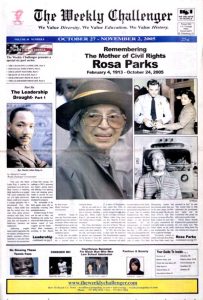
Some notable collections include the St. Petersburg newspaper, The Weekly Challenger. The AAE portal archives their newly published articles, as well as stories dating back to 1967.
The archives of one of Tampa’s oldest African American women’s organizations, Tampa Chapter of The Links, Incorporated, is also available through the portal. The service organization is composed of professional African American women, and the materials in the archive include documents and history from each of the 12 presidents of the chapter, along with school and community partnerships, news clippings, financial statements, meeting minutes, newsletters, photographs, and speeches. Oral histories are also being collected to give additional context to the materials and preserve the legacy of its members.
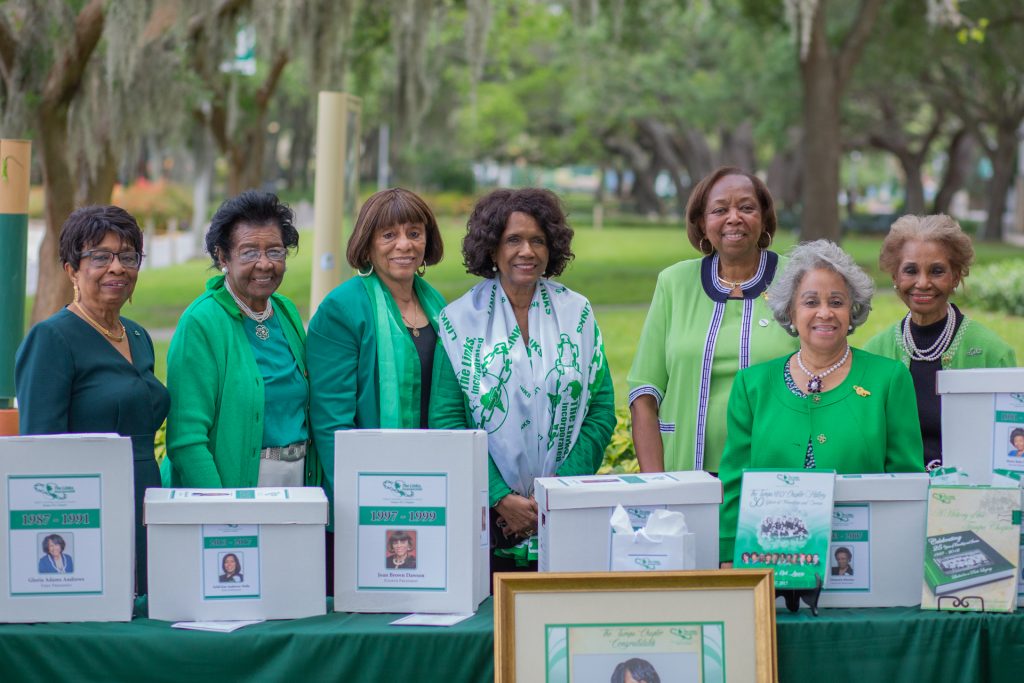
Learn more about The Links, Inc. in The Tampa Chapter of The Links, Incorporated Selects USF Libraries to House Archives.
The Armwood Family Papers include historically significant photographs, correspondence, and articles regarding the prominent family who opened the first African American-owned drugstore in Tampa. Of particular interest are collection items related to Blanche Armwood, a pioneer African American educator and local leader whose achievements included establishing domestic science schools for black women and girls, serving as the Hillsborough County Supervisor of Negro Schools, co-founding the Tampa Urban League, and organizing numerous clubs and organizations dedicated to the betterment of the community.
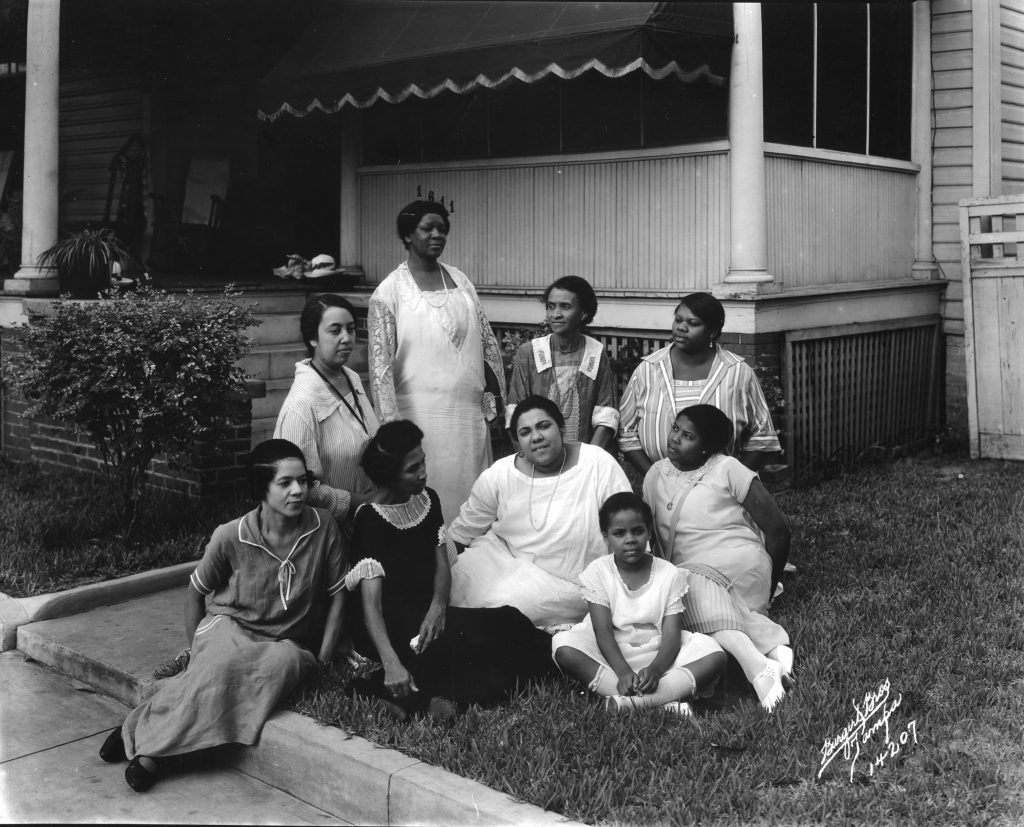
Read the latest news and stories out of AAE on its new blog too. You can also explore the African American Experience in the U.S. (AAEUS) collection on Digital Commons @ University of South Florida, our institutional repository, which contains direct open access to journal articles, theses, and dissertations on the subject.
The Lost African American Cemeteries of Tampa Bay
USF librarians are working with USF researchers and the Tampa Bay community to help to identify those buried at local African American cemeteries and their living next-of-kin. In the past two years, multiple cemetery sites in Hillsborough and Pinellas County have been identified under stores, warehouses, and homes. It’s almost as if they were forgotten or lost, but historical maps have made it clear that these cemeteries were taken from their original owners and redeveloped for other purposes—all the while ignoring that the burials were always, and still are, present.
The findings have attracted several USF faculty from both the Tampa and St. Petersburg campuses, and in July 2020 USF announced the funding of research projects to investigate—one of which is led by Dr. Antoinette Jackson, professor and chair of the USF Department of Anthropology and founder of the Black Cemetery Network. Dr. Jackson will be hosting a lecture as a part of Tampa Bay History Center’s Florida Conversation series on February 16 at 6:30PM. The lecture is free and information to attend is available here.
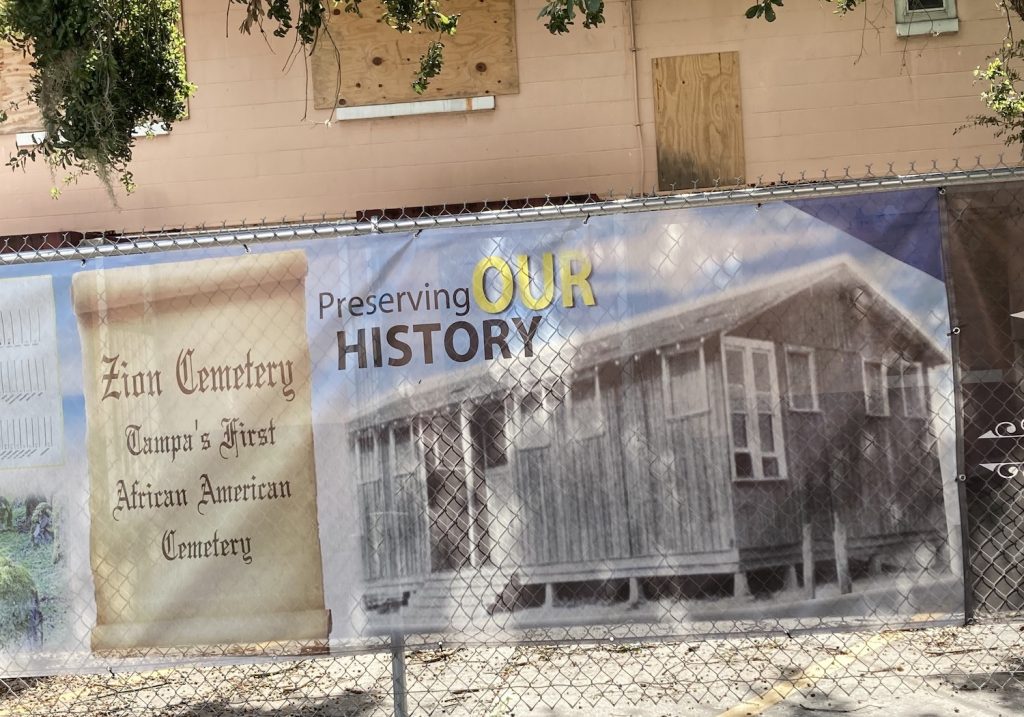
Tampa Through Time
The Center for Digital Heritage and Geospatial Information (CDHGI) in the USF Libraries, which brings together 3D experts from the Digital Heritage and Humanities Collections (DHHC) and the GIS Alliance group, is working on a new project called Tampa Through Time. This project includes the digital scanning and archival capture of Tampa’s architectural past, including the Jackson Rooming House, Perry Harvey Park, Central Avenue, cigar factories, the Columbia Restaurant, Tampa Theatre, and Tampa Historic Courthouse.
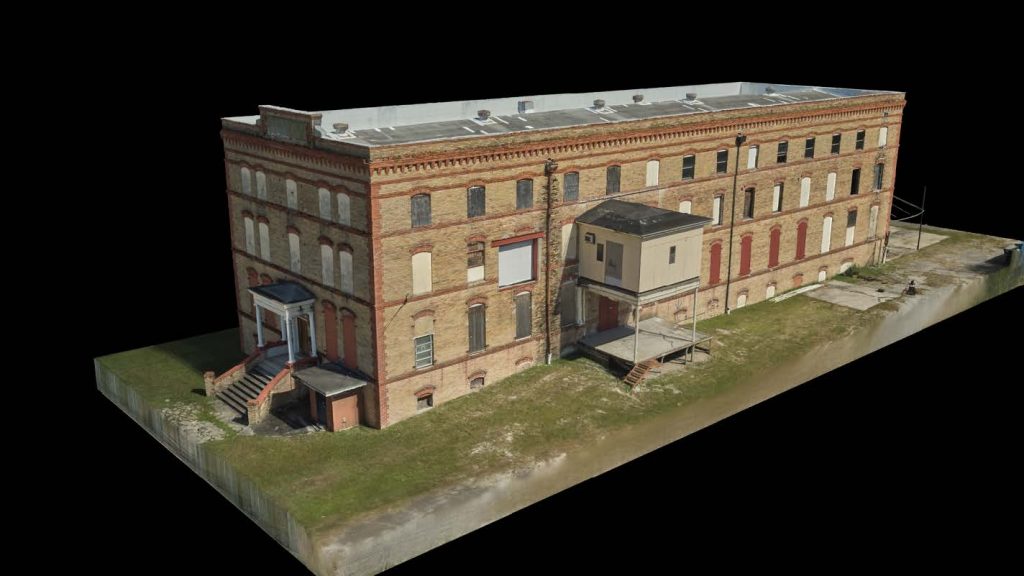
These sites represent some of the Tampa’s most iconic, historically significant, and in many cases imperiled locations. By documenting these sites using 3D technologies, CDHGI will help to preserve our city’s past before additional loss occurs. This documentation will become archives at the USF Libraries and join other library collections relating to Tampa and its communities, creating an interactive experience of our city from its past through the present.
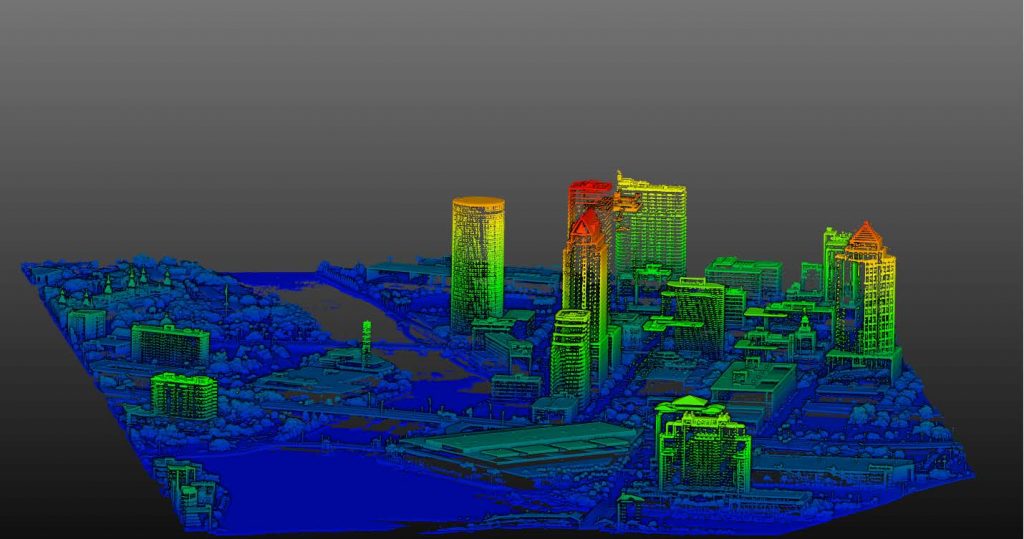
Jackson Rooming House
The Jackson Rooming House is a piece of the Tampa Through Time initiative, and has been an active restoration project for the city for the past few years. The 1905 home was once a haven for black entertainers and visitors, including Ray Charles, Hank Ballard and the Midnighters, B.B. King, and James Brown. It is just short walk from the once-thriving Central Avenue business and entertainment district that was prominent during the era of Jim Crow racial segregation. Now surrounded by vacant lots and in a state of disrepair, plans are underway to transform the two-story, 4,000 square-foot home into a local Black history museum.

The USF Libraries DHHC are using the latest in high-tech imaging and surveying to work toward the long-term preservation of the structure. The DHHC’s survey also includes a comprehensive historical background and literature review, and a future USF Libraries collection will emerge bringing together archives such as oral histories, maps, and photographic collections. Tampa Through Time‘s integration of maps and photographic resources will show how the home has changed over time, and bring to life the story of the Jackson Rooming House, a time and place in Tampa’s past that holds significance to the public and future generations.
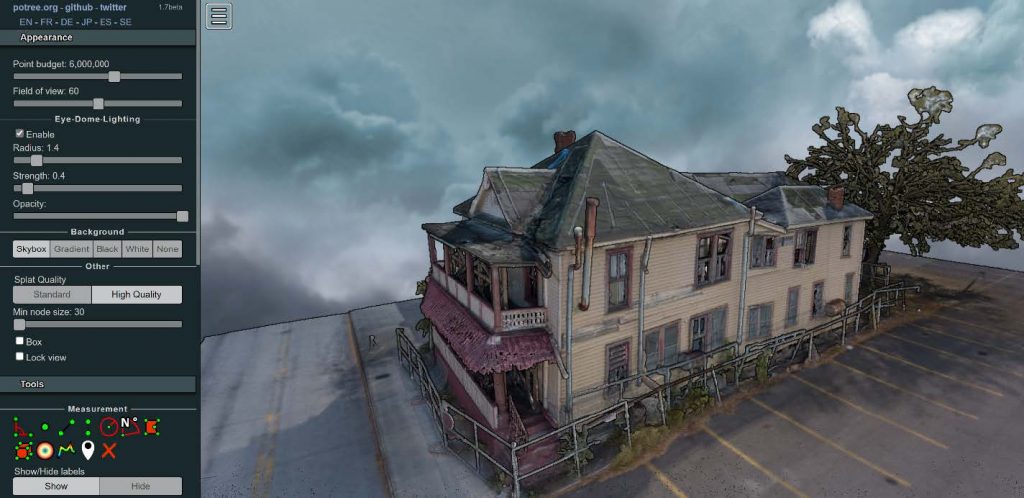
Read more on the history of the home in The Jackson Rooming House Remembered and Re-envisioned.
Cumberland Island National Seashore’s Cabin Chimneys
DHHC is also partnering with the National Park Service and Cumberland Island National Seashore to document imperiled cabin chimneys that are undergoing historic preservation treatment and archaeological investigation. The Chimneys consists of 26 hearth and chimney remains in three parallel rows near the Stafford Plantation on Cumberland Island. These irreplaceable remains are the last vestiges of an enslaved village of African Americans who toiled in the plantation cotton fields.
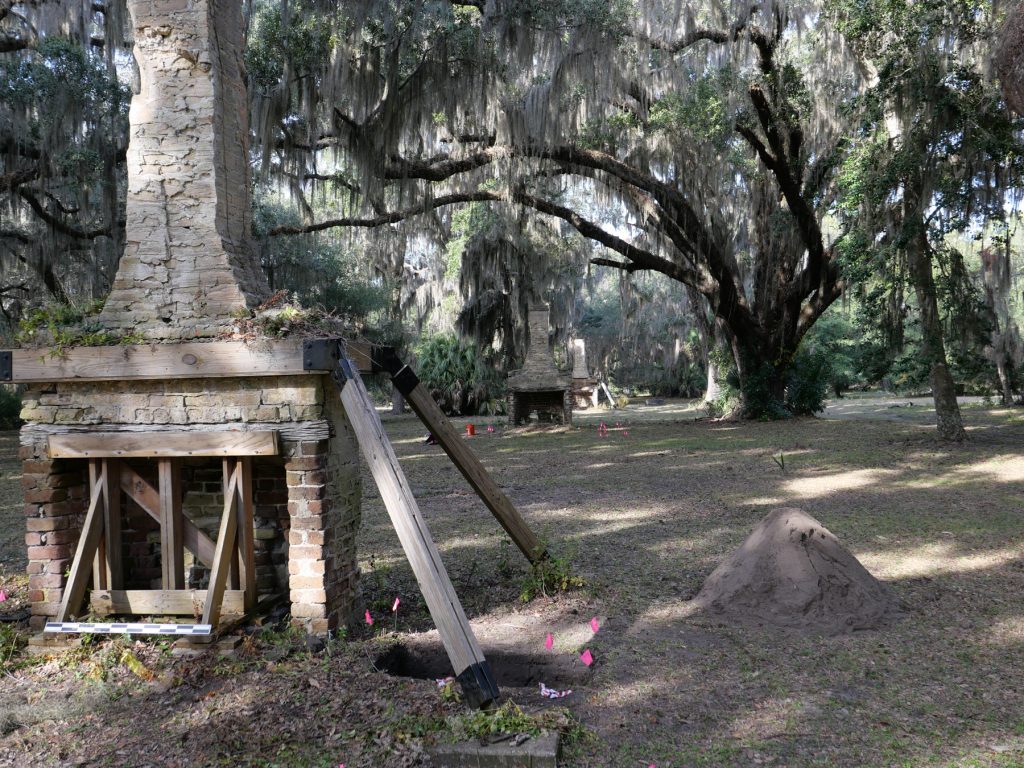
Working in conjunction with archaeologists and park management, the DHHC team is digitally documenting the remains. These data will be used for conservation and structural treatment planning, archival preservation, and to create interpretive and educational materials for the public.


